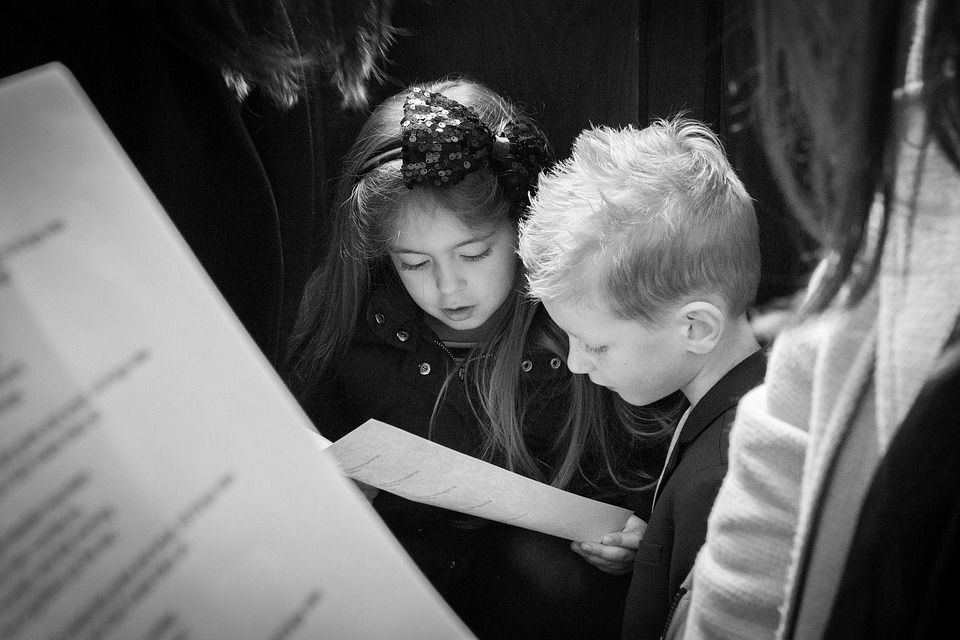Church attendance numbers are at an all-time low, with more people gathering for the Sunday brunch service than a weekly dollop of religion.
READ MORE: Popularity of All Saints’ Day this Sunday underlines how God is now a sideshow in church
Time can often be a factor – that feeling as the last hymn enters its ninth verse and it begins to rain that you might have been better off staying at home and mowing the lawn.
And now it transpires that the impatience to leave church isn’t a new phenomenon. No, the speed at which we’ve been singing the hymns has been speeding up for 200 years!
Thank you AP Berggreen!
According to a study by Professor Ulrik Spang-Hanssen at the Det Jyske Musikkonservatorium reported by Kristeligt Dagblad, the pace has increased seven-fold since the mid-19th century.
We have AP Berggreen to thank for the acceleration, as his 1853 book of Danish hymns recommended a change in pace.
Previously organ players were prone to inserting flourishes between lines to ensure the slow readers were keeping pace – a low literacy level that Spang-Hanssen singles out as the biggest cause of the slowness in times gone by.














